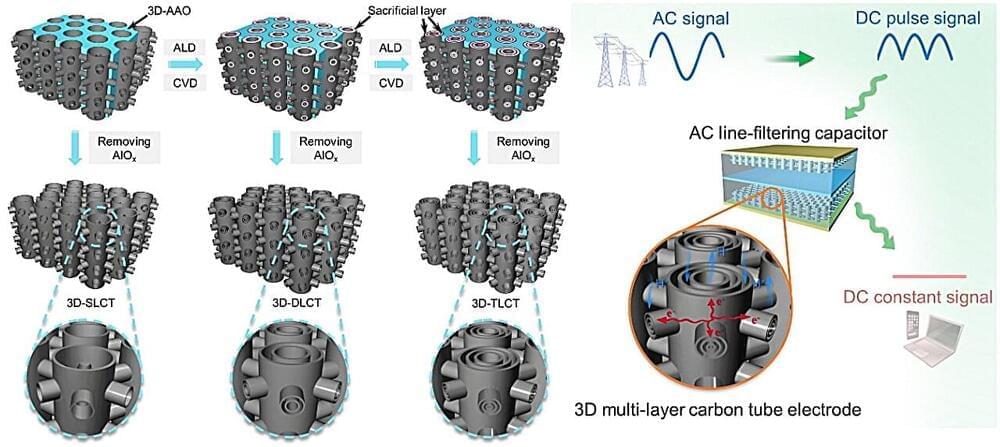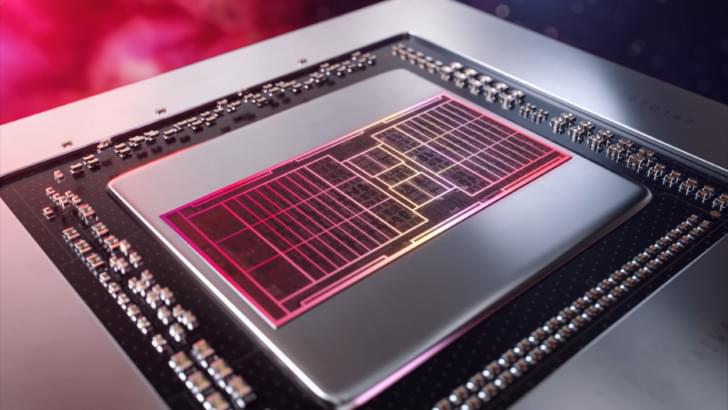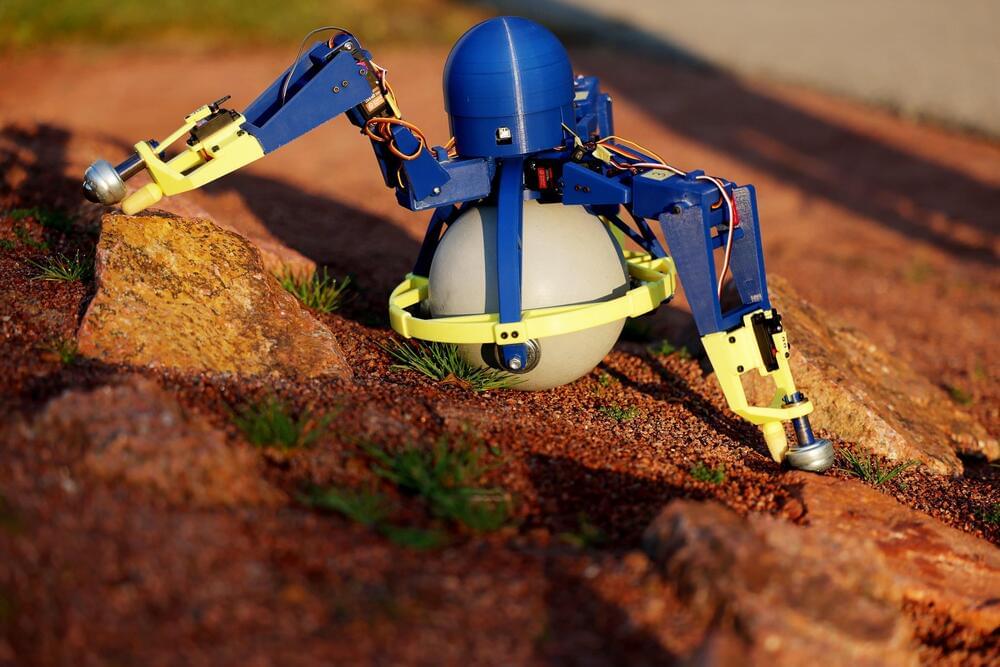Covering the latest scientific breakthroughs and innovations that are shaping the world.
A research team led by Prof. Meng Guowen and Prof. Han Fangming from the Hefei Institutes of Physical Science of the Chinese Academy of Sciences, together with Prof. Wei Bingqing from the University of Delaware, miniaturized line-filtering capacitors with “matryoshka doll” structure electrodes, providing a high-performance and space-saving solution for line-filtering applications.
The Tesla FSD V12.3 performs well in snowy conditions, demonstrating good acceleration, braking, and handling capabilities, as well as safety features such as pausing at intersections without stop signs.
Questions to inspire discussion.
How does the Tesla FSD V12.3 perform in snowy conditions?
—The Tesla FSD V12.3 performs well in snowy conditions, demonstrating good acceleration, braking, and handling capabilities.
A new research paper has discovered the usefulness of DRAM cache for GPUs which can help enable higher performance at low power.
Researchers Propose The Use Of Dedicated DRAM Caches Onto Newly-Built SCMs For GPUs, Replacing Conventional HBM Configuration
The GPU industry, which involves consumer, workstation, and AI GPUs, is proceeding in a way that we are seeing advancements in memory capacities and bandwidth, but it isn’t sustainable, and ultimately, we could hit the limits if an innovative approach isn’t taken.
The advanced artificial intelligence model powering Copilot’s Pro tier wasn’t free to all until now.
SpaceX’s president and COO has one priority for the next test-flight: ‘getting reentry right.’
Hydrogen gas is a clean fuel. It burns with oxygen in the air to provide energy with no CO2. Hydrogen is a key to sustainable energy for the future. Though humans are just now coming to realize the benefits of hydrogen gas (H2 in chemical shorthand), microbes have known that H2 is a good fuel for as long as there has been life on Earth. Hydrogen is ancient energy.
Spring weather brings welcome conditions for flowers and plant life to bloom across the land. The right mixture of temperature, moisture, and light helps keep the green world vibrant.
A small research group from the University of Michigan has developed a three-legged skating/shuffling robot called SKOOTR that rolls as it walks, can move along in any direction and can even rise up to overcome obstacles.
The idea for the SKOOTR – or SKating, Omni-Oriented, Tripedal Robot – project came from assistant professor Talia Y. Moore at the University of Michigan’s Evolution and Motion of Biology and Robotics (EMBiR) Lab.
“I came up with this idea as I was rolling around on my office chair between groups of students,” said Moore. “I realized that the passively rolling office chair could easily spin in any direction, and I could use my legs to perform a variety of maneuvers while staying remarkably stable. I realized that this omnidirectional maneuverability is similar to how brittle stars change directions while swimming.”
WASHINGTON, March 19 (Reuters) — SpaceX has started selling satellite lasers, which are used for speedy in-space communications, to other satellite firms, company President Gwynne Shotwell said at a conference on Tuesday.
SpaceX’s thousands of Starlink satellites in low-Earth orbit use inter-satellite laser links to pass data between one another in space at the speed of light, allowing the network to offer broader internet coverage around the world with fewer ground stations.
Shotwell, speaking on a panel at the Satellite industry conference in Washington, said SpaceX as a supplier will sell that technology to other companies.









